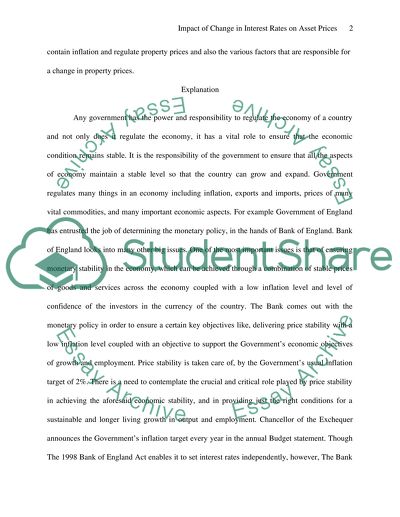Cite this document
(“Bank (money supply) Essay Example | Topics and Well Written Essays - 2500 words”, n.d.)
Retrieved from https://studentshare.org/miscellaneous/1513141-bank-money-supply
Retrieved from https://studentshare.org/miscellaneous/1513141-bank-money-supply
(Bank (money Supply) Essay Example | Topics and Well Written Essays - 2500 Words)
https://studentshare.org/miscellaneous/1513141-bank-money-supply.
https://studentshare.org/miscellaneous/1513141-bank-money-supply.
“Bank (money Supply) Essay Example | Topics and Well Written Essays - 2500 Words”, n.d. https://studentshare.org/miscellaneous/1513141-bank-money-supply.


